A century-old classic, a ballet feast.
The Russian National Ballet Theatre, a shining pearl in the world of ballet, is an art palace with many honors. It has won the love and praise of countless audiences with its superb skills and unique style. It represents the pinnacle of Russian ballet art. This time, they will bring the century-old classic ballets "Swan Lake" and "The Nutcracker" to China, bringing the audience a double feast of vision and hearing.
Swan Lake, a classic ballet, is a poetic and dreamy dance that has moved audiences generation after generation with its beautiful melody and moving story. Swan Lake, an immortal ballet in the world, is a poetic and dreamy dance that tells a beautiful and moving love story. The white swan Odette is pure and beautiful, the black swan Odile is evil and charming, and the prince Siegfried is handsome and elegant. The love, hatred and vengeance between them will be brilliantly presented on the stage.
The Russian National Ballet Theatre's versions of Swan Lake and The Nutcracker are unique interpretations that perfectly combine classics with classical music, bringing audiences an unprecedented artistic experience with their new perspectives and unique performances. The actors of the Russian National Ballet Theatre are skilled dancing elves with rich performance experience and profound artistic attainments. They will present the charm of the two classic ballets to the audience with their graceful dance moves and moving performances. In addition, the costumes and props of this China tour are also very exquisite, which will bring more shocking visual effects to the audience.
Watching the ballet of the Russian National Ballet Theater is a pilgrimage to art and a baptism of the soul. For children, watching ballet can cultivate their aesthetic ability and artistic appreciation ability, allowing them to become better in a subtle way. For adults, watching ballet can allow them to relax and enjoy the beauty of life.
Swan Lake and The Nutcracker are classic ballets that have been performed for centuries. They have been performed for a long time because of their profound connotations and exquisite artistic expression. These two ballets not only show beautiful dances and moving music, but also convey beautiful values such as love, courage, and kindness, allowing the audience to be spiritually nourished while appreciating art.
The Russian National Ballet Theatre's versions of Swan Lake and The Nutcracker have a unique charm. The actors in the theatre are all professional dancers who have undergone rigorous training. Their performances are very exciting and can fully demonstrate the charm of ballet. In addition, the theatre's directors and choreographers are also very outstanding. They can interpret classic ballets in a new way, allowing the audience to appreciate traditional art while also feeling the modern atmosphere.
The music of Swan Lake and The Nutcracker was composed by the great Russian composer Tchaikovsky, and many of his pieces have become classics. The music in the play has been evaluated as "the first time that a dance work has a musical soul". Tchaikovsky improved the expressiveness of ballet music, and deepened the drama of the work through symphonic development and characterization of characters. Since the premiere of Swan Lake in 1877, it has been continuously re-arranged to become the most famous ballet in the world, and the sold-out grand occasion has created a true stage myth. His music is full of emotion and power, and can touch people's hearts. His Swan Lake and The Nutcracker are classics in ballet, and the poetic and picturesque dream dance has moved generations of audiences with its beautiful melody and moving stories.
Although Swan Lake is presented in many different versions, most ballet companies base their stagings both choreographically and musically on the 1895 revival of Marius Petipa and Lev Ivanov, first staged for the Imperial Ballet on 15 January 1895, at the Mariinsky Theatre in St. Petersburg. For this revival, Tchaikovsky's score was revised by the St. Petersburg Imperial Theatre's chief conductor and composer Riccardo Drigo.
During the late 1880s and early 1890s, Petipa and Vsevolozhsky discussed with Tchaikovsky the possibility of reviving Swan Lake. However, Tchaikovsky died on 6 November 1893, just when plans to revive Swan Lake were beginning to come to fruition. It remains uncertain whether Tchaikovsky was prepared to revise the music for this revival. Whatever the case, as a result of Tchaikovsky's death, Drigo was forced to revise the score himself, after receiving approval from Tchaikovsky's younger brother, Modest. There are major differences between Drigo's and Tchaikovsky's Swan Lake score. Today, it is Riccardo Drigo's revision of Tchaikovsky's score, and not Tchaikovsky's original score of 1877, that most ballet companies use.
In February 1894, two memorial concerts planned by Vsevolozhsky were given in honor of Tchaikovsky. The production included the second act of Swan Lake, choreographed by Lev Ivanov, Second Balletmaster to the Imperial Ballet. Ivanov's choreography for the memorial concert was unanimously hailed as wonderful.
The revival of Swan Lake was planned for Pierina Legnani's benefit performance in the 1894–1895 season. The death of Tsar Alexander III on 1 November 1894 and the ensuing period of official mourning brought all ballet performances and rehearsals to a close for some time, and as a result all efforts could be concentrated on the pre-production of the full revival of Swan Lake. Ivanov and Petipa collaborated on the production, with Ivanov retaining his dances for the second act while choreographing the fourth, with Petipa staging the first and third acts.
Modest Tchaikovsky was called upon to make changes to the ballet's libretto, including the character of Odette changing from a fairy swan-maiden into a cursed mortal woman, the ballet's villain changing from Odette's stepmother to the magician von Rothbart, and the ballet's finale: instead of the lovers simply drowning at the hand of Odette's stepmother as in the original 1877 scenario, Odette commits suicide by drowning herself, with Prince Siegfried choosing to die as well, rather than live without her, and soon the lovers' spirits are reunited in an apotheosis. Aside from the revision of the libretto the ballet was changed from four acts to three—with act 2 becoming act 1, scene 2.
All was ready by the beginning of 1895 and the ballet had its première on Friday, 27 January. Pierina Legnani danced Odette/Odile, with Pavel Gerdt as Prince Siegfried, Alexei Bulgakov as Rothbart, and Alexander Oblakov as Benno. Most of the reviews in the St. Petersburg newspapers were positive.



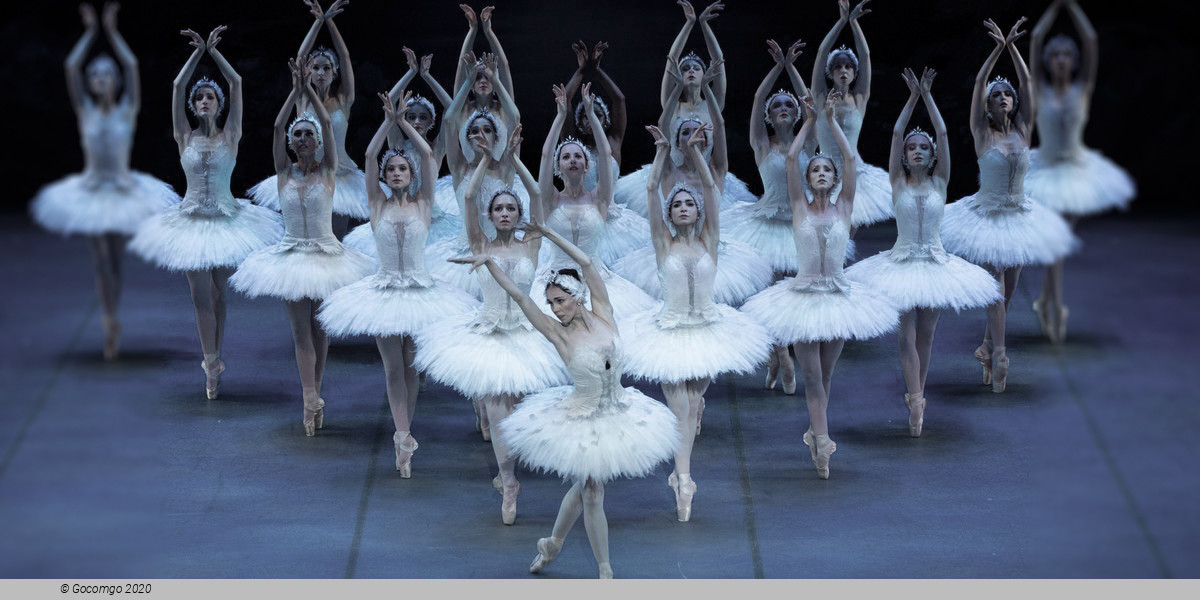
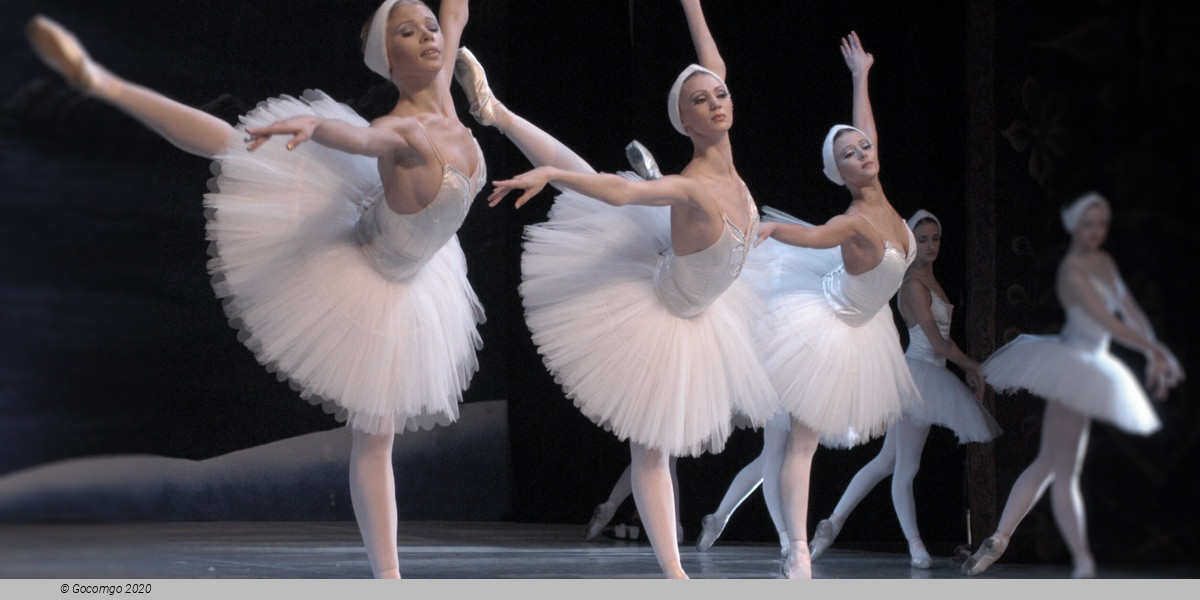

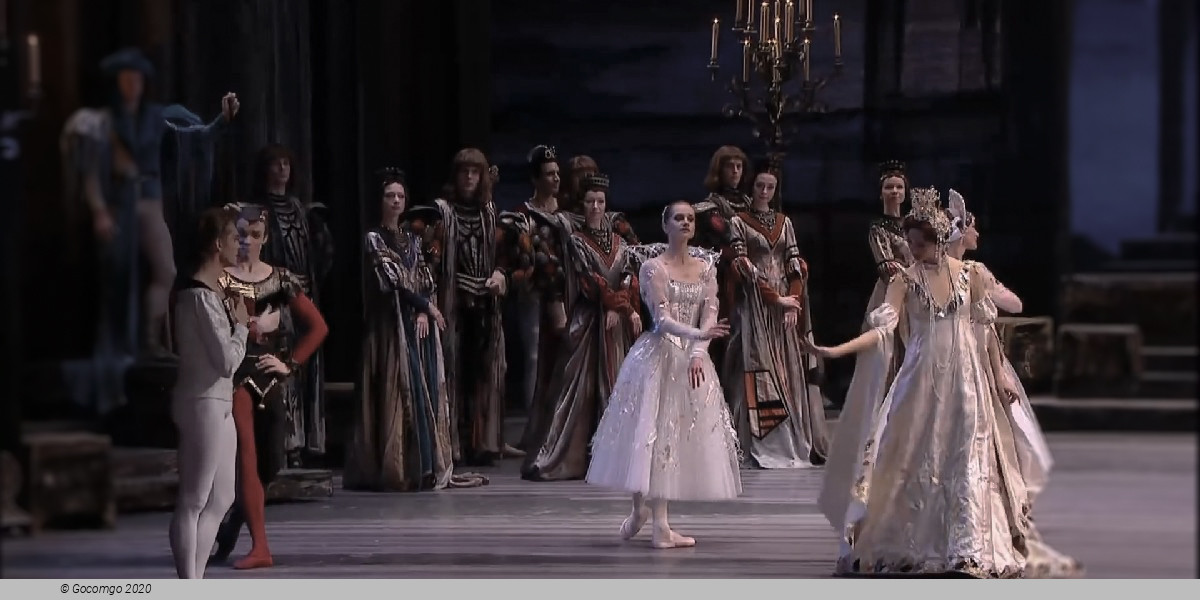
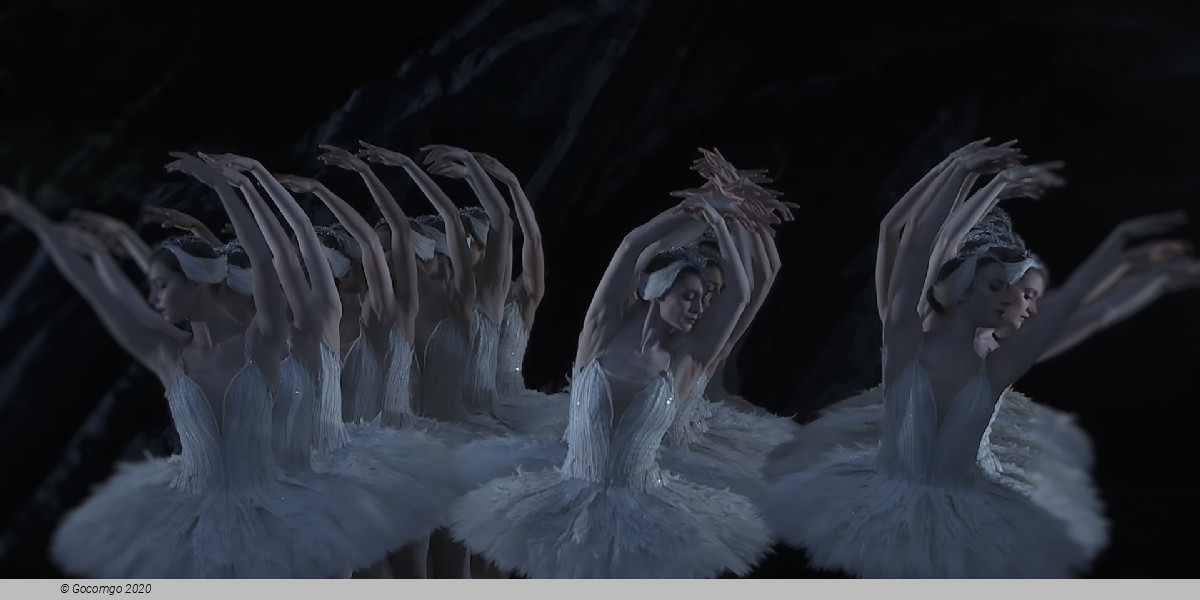
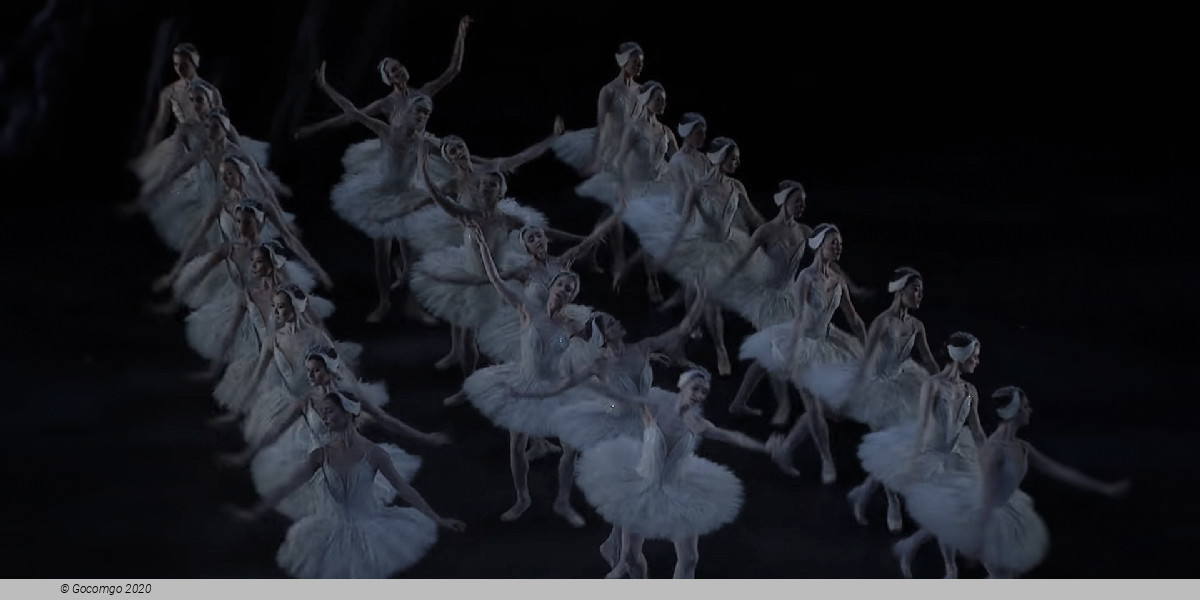

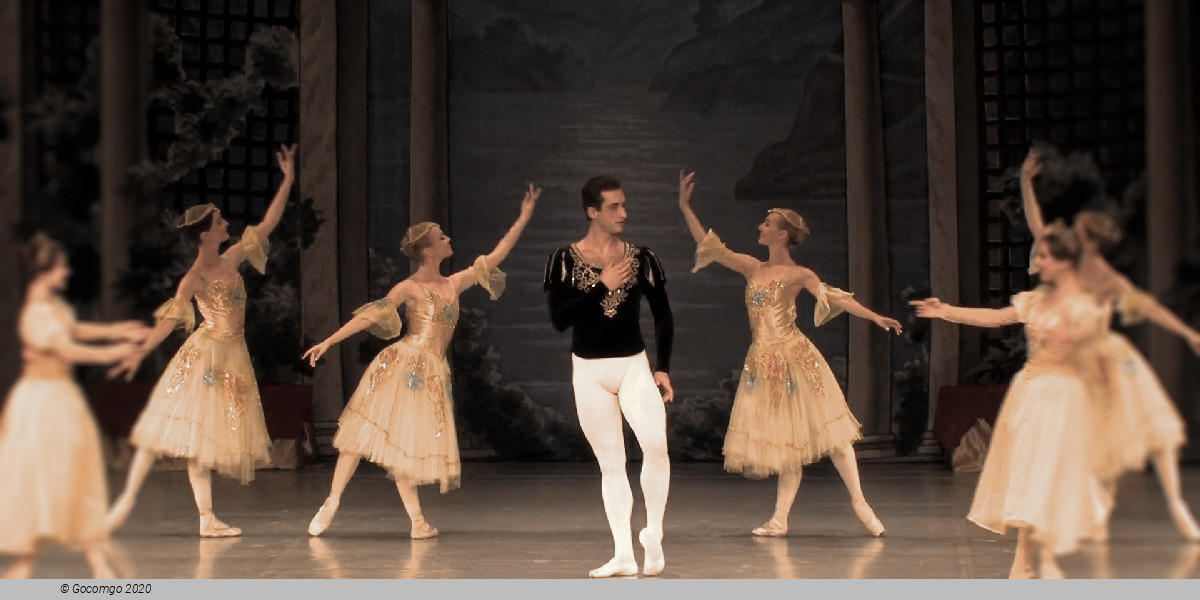
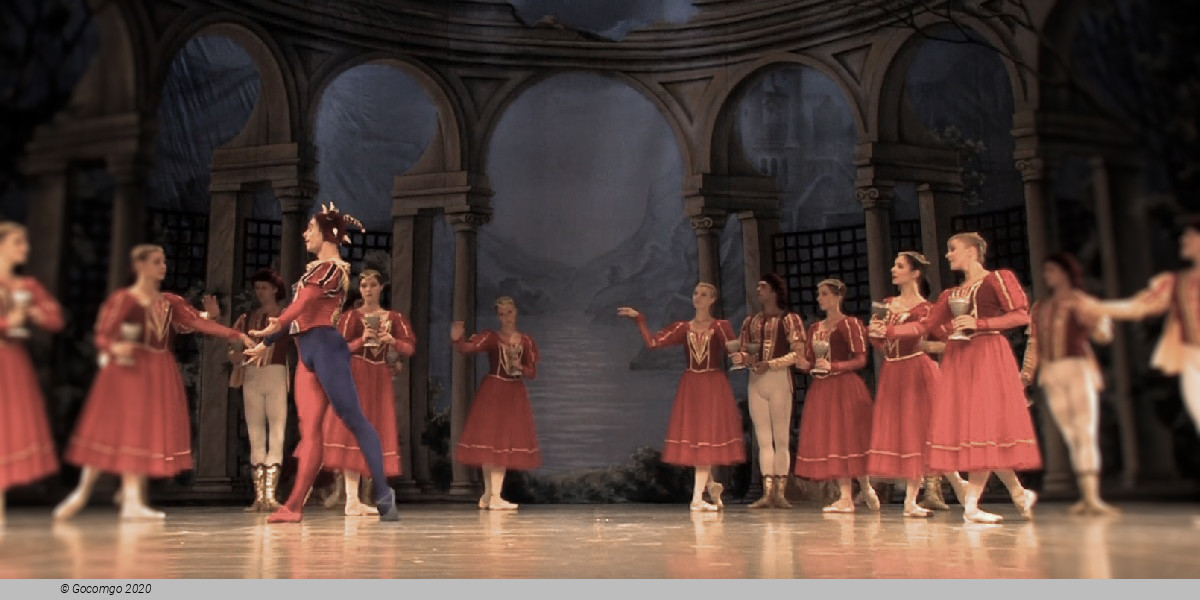

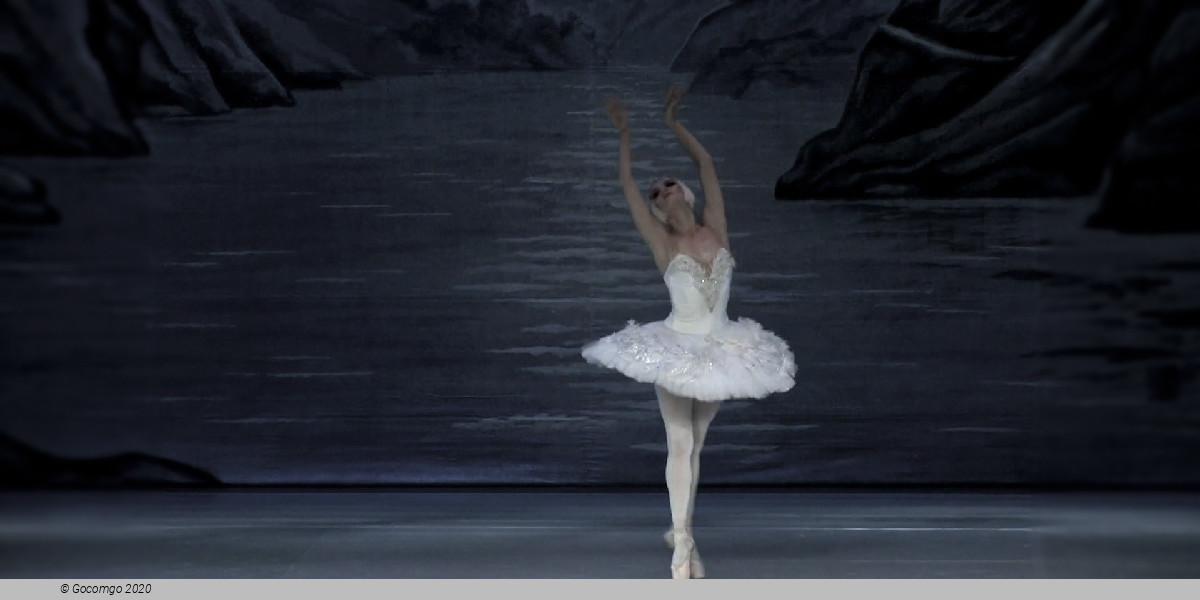
 425 Dingxiang Lu, near Century Blvd
425 Dingxiang Lu, near Century Blvd